Fitbit FOMO? Should I be tracking?
Eazi Business • March 9, 2021
Smart watches have been all the rage over the last few years but now more than ever, people are engaged with knowing more about their body and movement data. The wearables market provides a huge array of choices but we’ve found that whichever you decide is best for you - understanding metrics whilst being in tune with your body signals is the best combination. Let us explain why…
Smart watches are full of amazing insights into the things we take for granted - the things we just expect to work as they should. A healthy heart rate range, a great blood oxygen percentage or even a great blood pressure reading. Without the insights provided by these great bits of tech, we live life under the pretence of ‘no news is good news’.
Our smart watches also give us great milestones to work towards. Namely, the FitBit (now Google owned) global step movement. Joining like minded groups to engage in challenges, step goals and even running challenges. The incredible movement has sparked millions of users worldwide to participate in moving more. Our goal focussed brain loves a good target - and what better goal than the famous 10,000 step count! The dopamine release that takes place when you finally see the fireworks shoot up on your screen as you hit your goal is like no other! Clients have light heartedly shared with us the disappointment when they hit their 10k goal and receive their fireworks only to realise they are walking home from work and can’t celebrate without looking a little strange on the street! If hitting this goal motivates you and gives you a focus on your effort - we say it’s a winner. But, what if there is more to it. Are we in fact becoming reliant on technology and therefore blurring our innate communication between our mind and body?
We know that many smartwatch users claim they are unable to stay without their watch. The ‘naked’ feeling you experience when you realise you’ve left home for your daily walk and forgotten to wear your watch after a shower. Your wrist feels...well...lonely. The sinking feeling you get when you are mid-exercise and your watch dies. If it didn’t record - did you really do it?
Many watches work on a reward system. Sending you reward badges and notifications when you’ve completed a seemingly basic task like climbing a flight of stairs. That good old dopamine hit creeps its way back into your daily routine and you’re flooded with dopamine driven claps on your back. No one can deny it - it is motivating, feels good and drives us to want more. We almost get used to the claps, rewards and notifications. Looking towards our phone to confirm to us that we’ve done well today.
But, is there a downside? Should we all be tied to a smartwatch, or should it be tied to us?
Here are a few issues we’ve encountered through clients and that we want to share with you. But in true Body Plot fashion, we’ve also found a way around. We’re smartwatch advocates, when used with the right boundaries -
1. It can lead to Excessive Nausea or headache:
A lot of research work has shown that EMF radiation leads to similar results as in the case of radiation. If a person experiences a headache for most of their day, then a reason could be a smartwatch. Though the output of radiation may be minor, in addition to the rest of EMF exposure we have, this is yet another one to add to the list.
Solution :
Have some time without it! It may feel weird at first, but our wrists (and definitely our endocrine system) will thank us for the break away from hormone altering radiation waves)
2. It Disrupts Sleep:
You are disrupted during your sleep by the anxiety of something tracking you. This side effect is also common to smartphone users.
Solution :
Try to educate yourself further to understand how it tracks your sleep. By knowing how the mechanism works, you are far less likely to have resistance and anxiety around the usage of a device. Does it track your heart rate? Radio/Sonar waves? Once you know, you can feel more in control.
3. Impact of motivation on health and wellness without your watch:
Solution :
Remember, your watch is merely a tool. The added benefit of tracking is just an indicator of how you are doing. But, try to walk, move and live healthier for the sake of your actual ‘Why’. Rather than just for the sake of seeing your step count go up - no matter how competitive you are!
4. Productivity hit:
A smartwatch rests on the wrist making it even easier for every notification to be a potential distraction.
Solution :
Switch off your notifications or use the Do Not Disturb mode to manage your time. Simples.
If the pandemic has brought any happy silver living - it’s the willingness and desire to explore the outdoors even more. So many of our followers have shared with us the insane amount of steps, workouts and sleep tracking they’ve been engaging in over the last 12 months. The data breakdown of things we do on a daily basis can be an incredibly useful tool - with both an insight into our actions, an insight into our routine and furthermore - an eye opening opportunity to really question whether you are getting in enough movement or not.
So take this opportunity to do the same - with or without a FitBit - question your movement, routine and actions. And if you think having a smart watch will assist you with that - we say go for it!

This recipe is such a delicious and nutritious take on pizza! If you've not enjoyed tofu previously, this recipe will change your opinion. Want to have your cake and eat it too? Try: have your pizza and eat it too! Key benefits: - High in Protein - Plant-centric with over 8 vegetables in this one dish - Can be easily made Vegan - Great for lowering cholesterol - Great for menopausal women Ingredients: - 1 block of Tofu [we used basil tofu] - Homemade or store bought tomato sauce - Protein cheese [Eat Lean or LIDL high protein] or Vegan Mozzarella - Vegetables of choice, we used: Aubergines, courgettes, sweetcorn, tomatoes, mushrooms, onions & red peppers - Lower in fat pesto Method: Drain tofu according to instructions on the pack. Cut tofu lengthways - this should result in approximately 3-4 tofu bases. Add these to a oil brushed air fryer or oven and bake at 190 degrees for 12 minutes, turning halfway. Finely dice the vegetables. Top with sauce, vegetables, cheese and pesto and add back into the air fryer or oven for a further 5 minutes until melted. Serve with a side salad and enjoy!
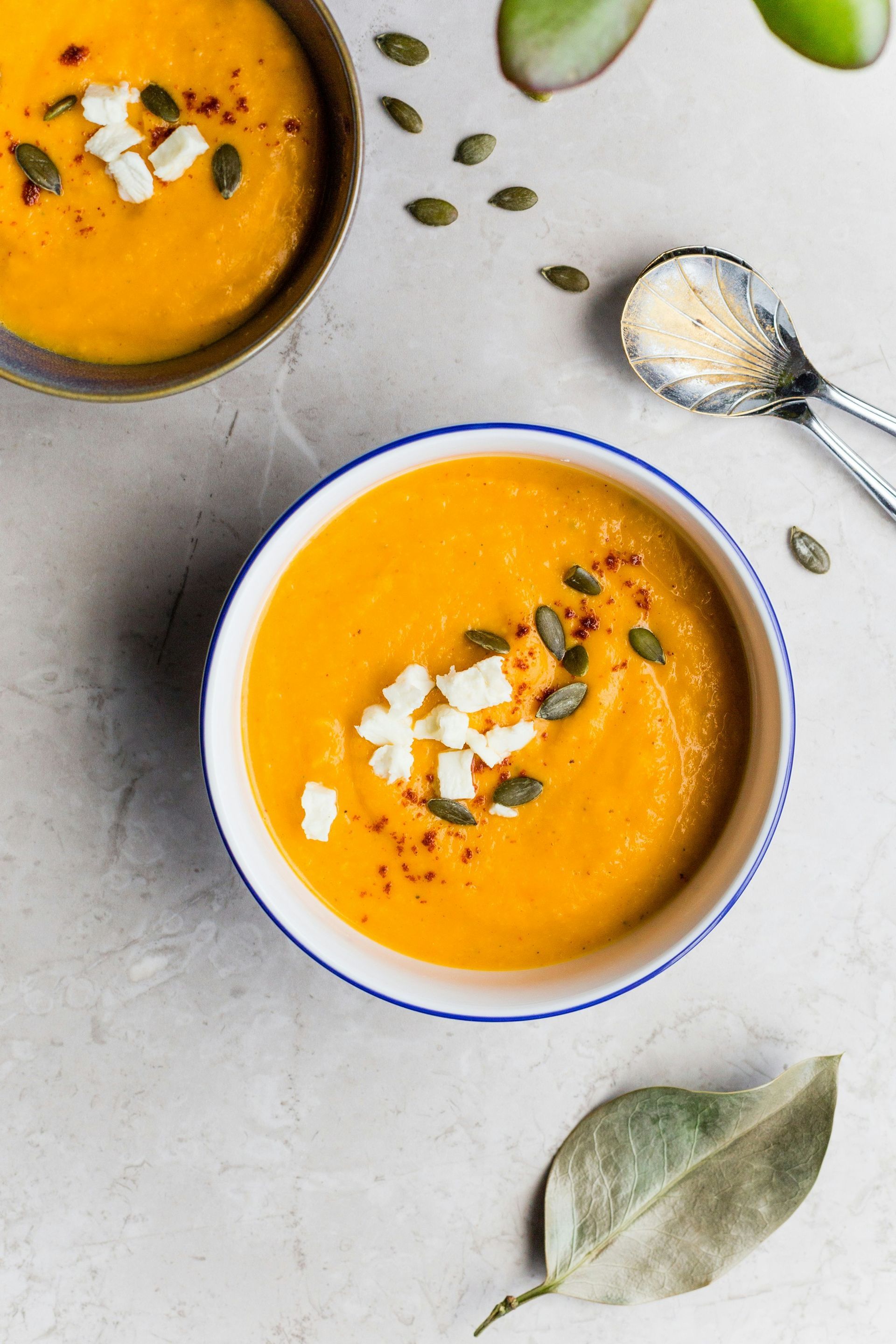
This is the easiest soup ever and ticks all the boxes being: High in fibre, High in protein, Rich in Vitamin C (making it super immune-supporting) and Rich in minerals too.Not only is it full of nourishment but it is an easy win for a delicious Autumnal mid-week dinner! Before we dive into the recipe, let me break down the protein content for you: 20g protein per 2 slices of Jasons protein sourdough 10g protein per bowl of soup 10g from 2 slices of @eatlean cheese And that’s not even including any extra grams of protein from the veggies! So that's a whopping 40g of protein from soup and bread! Ingredients: 2 red onions 4 tomatoes 1 garlic bulb 1 butternut squash 300g silken tofu Celtic Salt Pepper Asofoetida Turmeric 2 slices of Jason’s protein sourdough 2 slices of LIDL or Eatlean protein cheese Method: Chop all the veg, aside from the tomatoes, and roast in the oven with the garlic for 60 minutes at 190 degrees. Add in the tomatoes for the last 30 minutes. Add the roasted veg to a pan and add the tofu and blend with a hand blender. Add turmeric, asofoetida, salt, pepper and stir. I prefer thicker soups. To make the consistency thinner, simply add soya milk and give it a stir. Meanwhile add 2 slices of Jason’s protein sourdough to the grill. Once partially browned, add 1 slice of LIDL or Eatlean Protein cheese to each slice and add back to the oven. Serve your soup and bread!
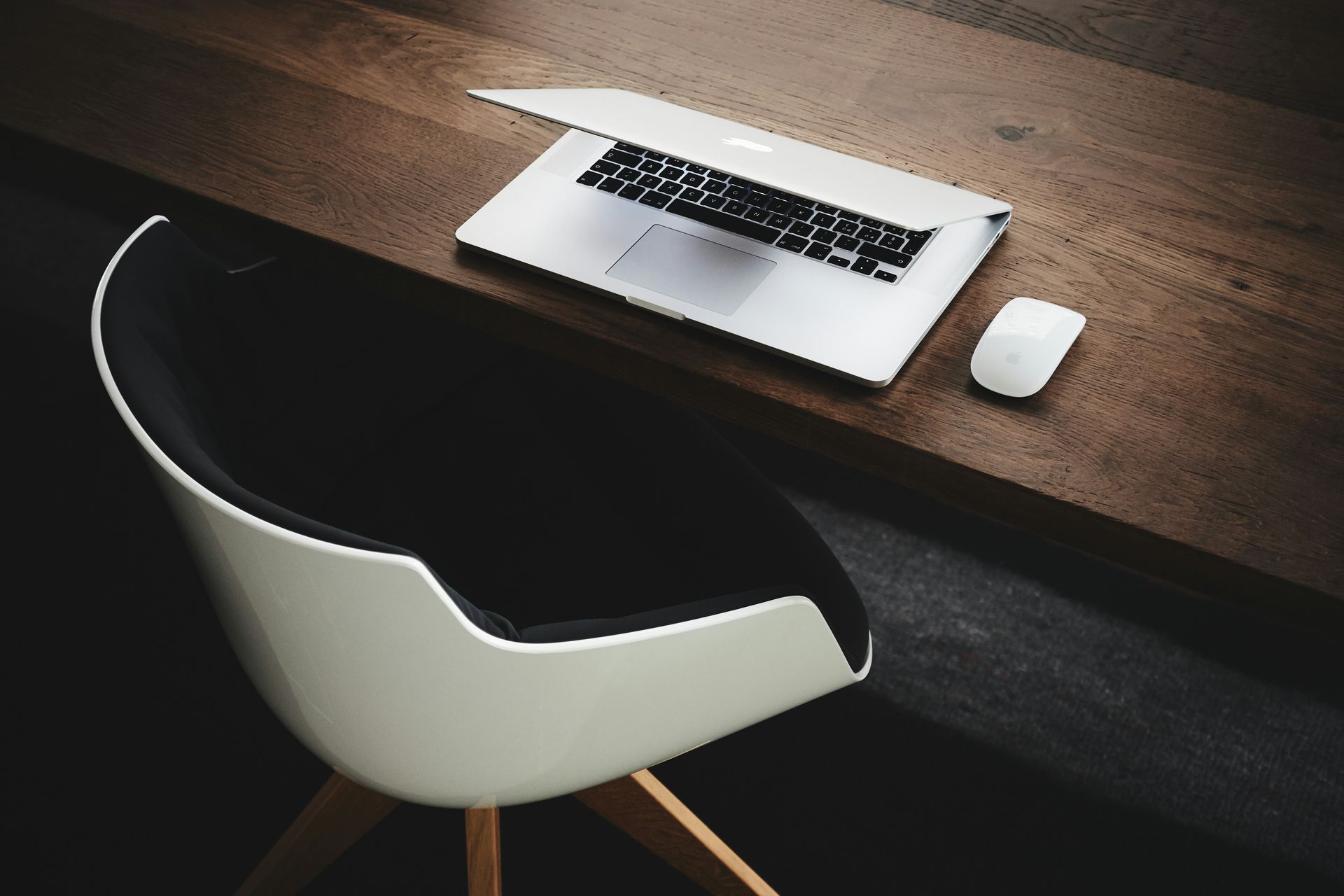
Happy National Relaxation Day! Today, on August 15th, we have a unique opportunity to pause and reflect on the importance of relaxation in our daily lives—especially in the workplace. At Body Plot, we understand that in demanding professions where the pace is relentless, taking time to relax can feel like a luxury. However, it’s actually an essential part of maintaining a healthy, productive workforce. The Case for Relaxation in the Workplace In numerous working industries, stress often comes with the territory. Whether it’s meeting tight deadlines, managing high-stakes cases, or simply coping with the fast-paced environment, the pressure can be overwhelming. But chronic stress doesn’t just impact individual wellbeing—it also affects organisational health. High levels of stress can lead to increased absenteeism, higher turnover rates, and decreased productivity. This is where the power of relaxation comes into play. When we make space for relaxation, we’re not just improving our mental and physical health; we’re also fostering a more resilient and effective workplace. Here’s how: Reducing Absenteeism: Regular relaxation helps to alleviate stress, which in turn can reduce the risk of stress-related illnesses that often lead to absenteeism. Encouraging your team to take breaks and practice mindfulness can make a significant difference. Improving Retention: Employees who feel supported in their wellbeing are more likely to stay with an organisation. By promoting a culture that values relaxation and self-care, you can improve employee satisfaction and reduce turnover. Boosting Productivity: It might seem counterintuitive, but taking time to relax can actually enhance productivity. A relaxed mind is more focused, creative, and efficient. Regular breaks and wellbeing practices help employees return to their tasks with renewed energy and clarity. Celebrating National Relaxation Day in Your Workplace doesn't just have to be national day - let's embed it! National Relaxation Day is a perfect reminder that relaxation isn’t just a personal practice—it’s a professional priority. Encourage your team to embrace this daily by taking meaningful breaks, practising mindfulness, and participating in activities that promote relaxation. Consider hosting a wellbeing workshop or sharing tips on how to incorporate relaxation into the workday. Let today be the start of a new approach to workplace wellbeing—one that recognises the value of relaxation as a key component of success.
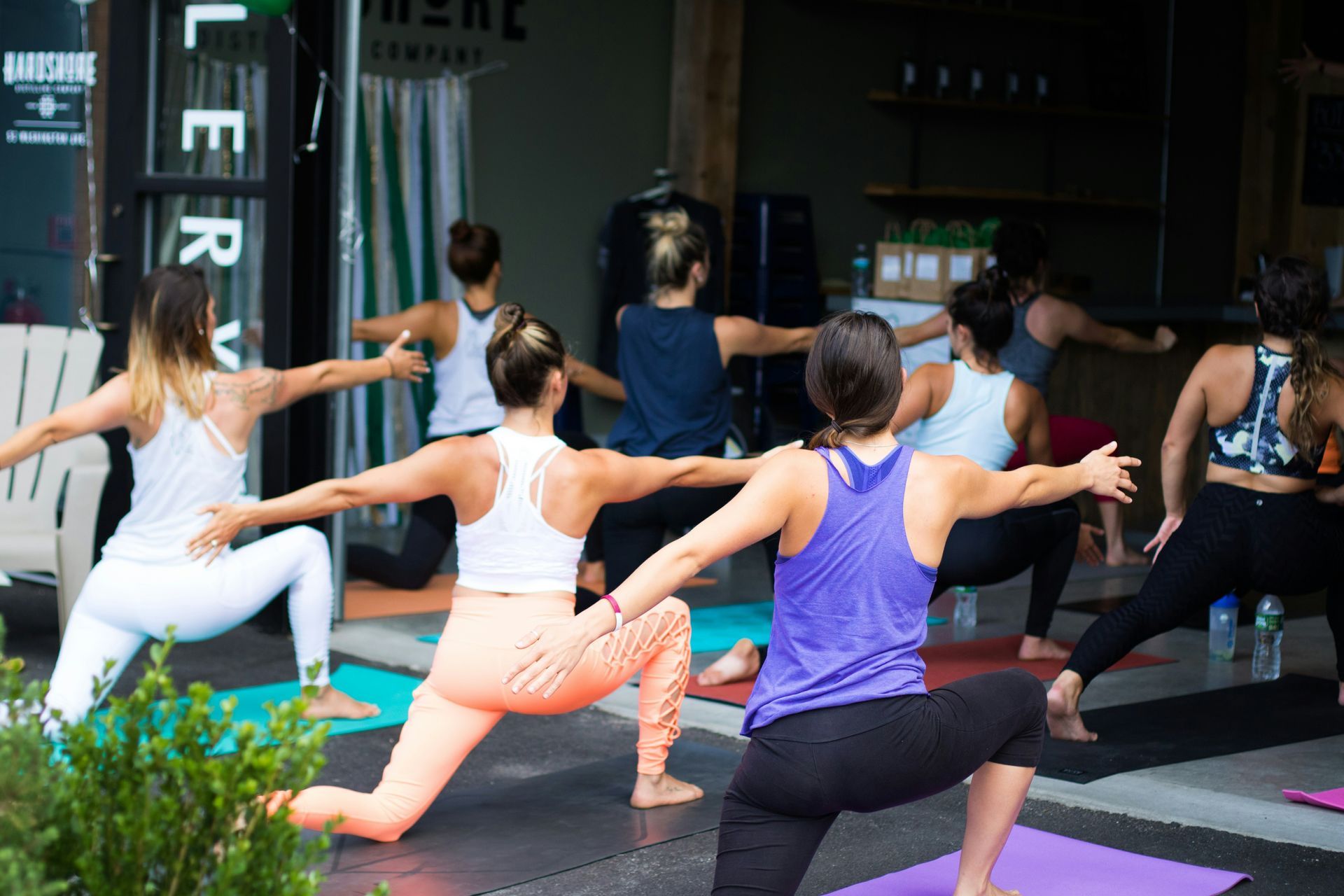
In the hustle and bustle of the modern workplace, the emphasis on productivity often overshadows the crucial aspect of employee wellbeing. Today, we explore a compelling question: Should companies give employees time off to work out during the day? The Case for Midday Workouts At Body Plot, we believe in a holistic approach to wellbeing, encompassing both physical and mental health. Allowing employees to exercise during the workday can yield remarkable benefits: Boosted Mental Health Exercise is a natural stress reliever. It reduces anxiety, alleviates depression, and enhances overall mental well-being. Employees who exercise regularly are likely to be happier, more relaxed, and more resilient to workplace stress. Reduced Absenteeism Healthier employees are less prone to taking sick days. Regular exercise strengthens the immune system and reduces the likelihood of minor illnesses, leading to fewer absences and more consistent performance. Increased Productivity Contrary to the belief that time spent away from the desk is time wasted, studies show that physical activity can enhance cognitive function, improve concentration, and boost energy levels. Employees returning from a workout break often exhibit heightened focus and efficiency, translating to better overall productivity. While the benefits are clear, implementing a workout-friendly policy requires thoughtful consideration: Best Practices for Success Flexible Scheduling Offer flexible hours to allow employees to exercise at times that suit them best. This could mean extended lunch breaks or flexible start and end times. On-Site Facilities If feasible, provide on-site fitness facilities or partner with local gyms to make it easier for employees to access workout opportunities without significant time away from work. Encouragement and Incentives Foster a culture of health and wellness through incentives, such as fitness challenges or rewards for regular exercise, to motivate employees to stay active. Comprehensive Wellbeing Programs Implement a holistic wellbeing program that includes fitness, nutrition, and mental health resources, addressing all aspects of employee wellbeing. At Body Plot, we advocate for a balanced approach that integrates well being into the workday. By supporting employees' physical and mental health through midday workouts, companies can create a more productive, engaged, and loyal workforce. The key lies in thoughtful implementation and a commitment to fostering a culture of health and wellness. Stay well and keep thriving!

As we embark upon the National South Asian Heritage Month today, it's an opportune moment to reflect on the importance of mental health awareness within the South Asian communities in the UK. In many South Asian cultures, mental health issues are often stigmatised, viewed as a sign of weakness or a lack of resilience. This stigma is deeply rooted in societal norms and traditional beliefs, which can discourage individuals from seeking help. The fear of judgement and ostracisation can lead to silence, suffering, and a significant impact on one's quality of life. At Body Plot, we believe in fostering well being for all, and understanding cultural nuances is a crucial part of this mission. Mental Health affects everyone, but there can be certain cultural nuances that make some communities more vulnerable. For instance, South Asian individuals may face unique challenges such as intergenerational conflicts, the pressure to conform to cultural expectations, and the balancing of dual identities, all of which can exacerbate mental health issues if not properly addressed. Lack of access not only affects individuals but also has wider implications for their families and communities. Lack of awareness can include language barriers, cultural misunderstandings, and a lack of culturally competent healthcare professionals. If lack of awareness continues, it can contribute to absenteeism, reduced productivity, and higher turnover rates in the workplace. Our Commitment at Body Plot At Body Plot, we are committed to helping organisations create a supportive and inclusive wellbeing agenda. Here’s how we can support your organisation in addressing mental health challenges within the South Asian community: Culturally Sensitive Workshops: We offer workshops that are tailored to understand and respect cultural differences, helping to break down the stigma and encourage open conversations about mental health. Training for Leaders: Equip your management team with the skills to recognise signs of mental distress and understand the unique challenges faced by South Asian employees. Resource Accessibility: Ensure that mental health resources are accessible in multiple languages and consider cultural sensitivities. Taking Action Promoting mental health awareness and access to care is not just a responsibility; it’s an opportunity to enhance the wellbeing of your entire organisation. By creating a supportive environment, you can help your South Asian employees feel valued and understood, leading to improved overall wellbeing, reduced absenteeism, and increased productivity. This National South Asian Heritage Month, let's take a stand against the stigma surrounding mental health. Together, we can create a more inclusive and supportive workplace for everyone. The Body Plot Team --- Stay tuned for more updates and insights on wellbeing in the workplace. Follow Body Plot for the latest news and tips on promoting health and productivity within your organisation.
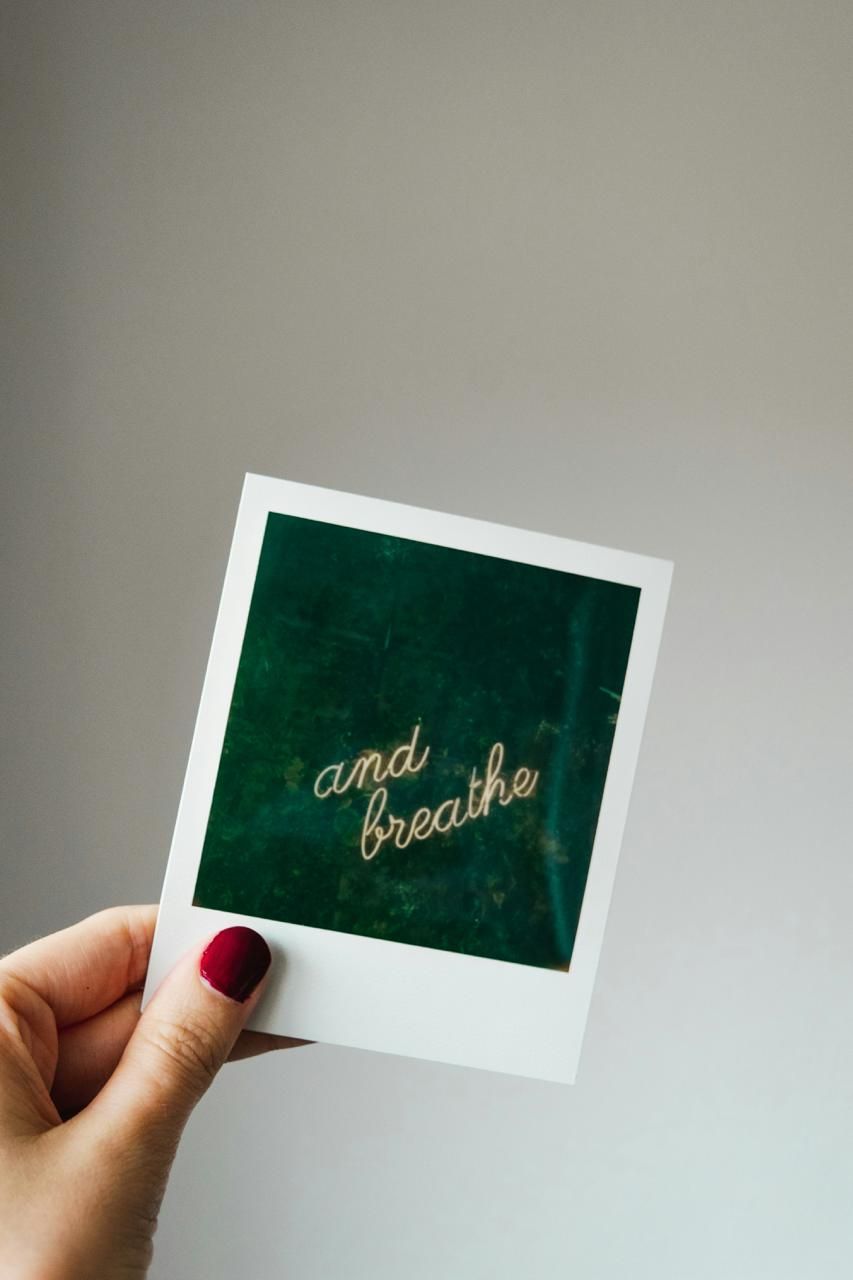
One of the most asked questions we get at Bodyplot is, "How can we optimise wellness with simple breathing techniques?" What you'll learn from Body Plot is that wellness through breathing is as unique as the individuals practising it. Our well-being is influenced by many factors, from physical health and lifestyle choices to mental health and work environment. Here’s a fantastic breathing hack you can easily integrate into your daily routine: the 4-4-4 method! The 4-4-4 method, also known as box breathing, is a simple yet powerful technique to calm the mind and body. It involves inhaling, holding, and exhaling the breath in equal counts of four. This technique helps reduce stress, enhance focus, and promotes overall wellness. How to Practise the 4-4-4 Method: 1. Find Your Spot: Sit or lie down comfortably. Keep your back straight and shoulders relaxed. 2. Inhale Deeply: Breathe in through your nose for a count of four. Feel your lungs fill up. 3. Hold Steady: Hold your breath for a count of four. Let the oxygen saturate your body. 4. Exhale Slowly: Exhale through your mouth for a count of four. Release all the tension. 5. Repeat and Relax: Continue this cycle for five minutes or more. Focus on your breath and stay present. Optimising wellness with the 4-4-4 method is all about understanding and supporting your unique needs. At Body Plot, we believe that a happy and healthy life thrives on personalised care. A thriving you is one who feels valued and cared for. For customised wellness workshops, contact us at Body Plot. Let's breathe better together!
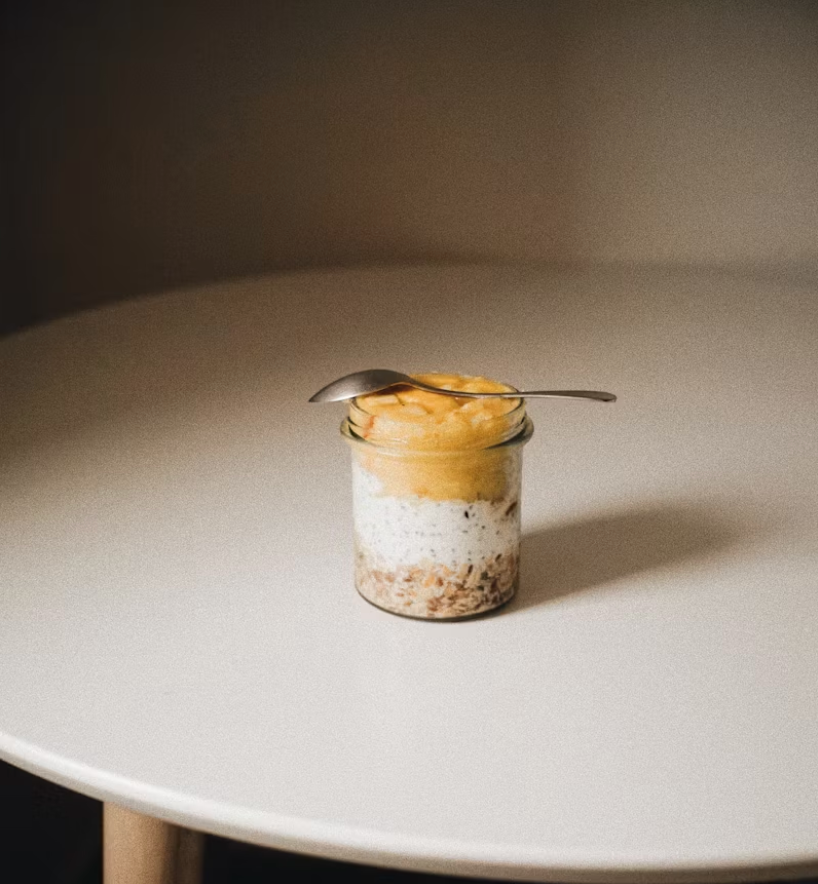
Ingredients ½ cup rolled oats - use GF, if necessary 2 Tbsp chia seeds 1 tsp orange zest 1 Tbsp golden raisins (sultanas) ½ tsp pure vanilla extract 1 cup homemade coconut milk or store-bought light coconut milk* 200g greek yogurt or soya yogurt BERRY COMPOTE: ¾ cup blueberries - I used frozen ¾ cup blackberries - I used frozen 1 tsp coconut sugar TO SERVE: 2 Tbsp almond or hazelnut butter 2 tsp coconut flakes 1 tbsp pumpkin seeds Method: OATS: Combine all the oat ingredients in a your Body Plot Jar. Give the mixture a good stir and let it sit in the fridge overnight, or for at least 2 hours. 2. BERRY COMPOTE: Add a splash of water, frozen blueberries, blackberries and coconut sugar to a small pan. Cook over medium heat for about 10 - 15 minutes. Mash the berries with a wooden spoon or a fork, they should fall apart quite easily. If not, cook them for a few more minutes. Let the compote cool at room temperature. 3. TO SERVE: Add the berry compote on top of the oats. Drizzle on your nut butter and top with coconut flakes, fresh berries and 1 tbsp pumpkin seeds which can be stored in the centre pot of your jar.
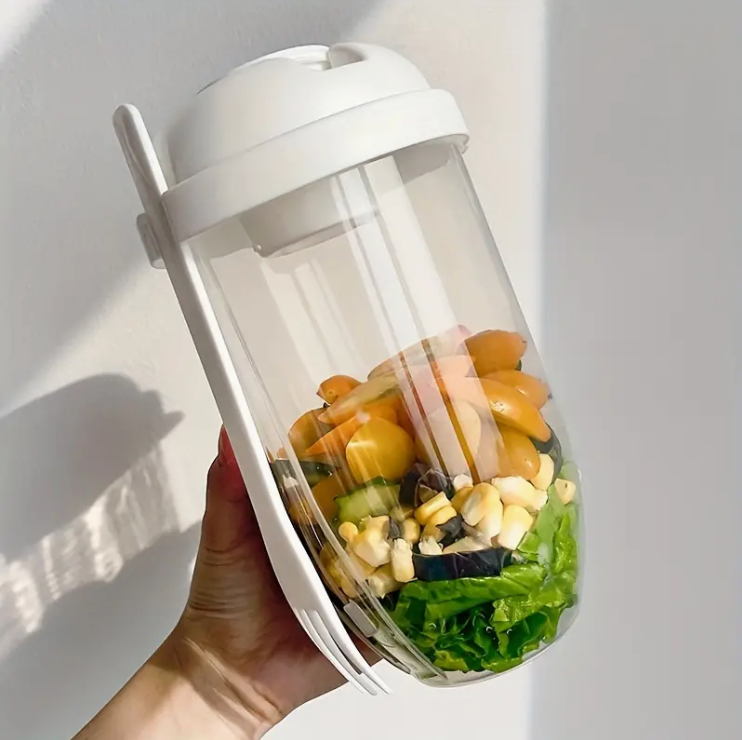
Ingredients: HONEY MUSTARD DRESSING: 2 tbsp olive oil 2 tbsp vinegar 1 tbsp mustard 1 tsp maple syrup / honey 1 tsp cumin seeds Salt and pepper to taste SALAD: 1/2 cup cucumber, diced 5 baby tomatoes, halved 1/4 cup steamed beetroot, diced 1/2 small red onion, diced 1/2 cup red peppers, diced 4 tbsp carrots, grated 100g chickpeas PROTEIN: 4 scrambled egg whites / 100g scrambled tofu, 100g lighter feta 1 tbsp sunflower seeds Method: DRESSING: Make your dressing and add it to the centre compartment of your Body Plot Jar. SALAD 2. Prepare your vegetables and layer this in your jar, one ingredient at a time. Feel free to add any additional vegetables that you like. 3. Top with your choice of protein before firmly shutting your Body Plot jar. TO SERVE: 4. When ready to eat, pour the dressing from the centre compartment over your salad followed by the seeds and serve cold.

Thai green curries are one of our favourite dishes and is so easy to make. It's also a deliciously balanced meal and is a favourite for all of our Body Plotting families. Ingredients: Sliced carrots Shiitake Mushrooms [or any is fine] 1 cubed Aubergine Mangetout Pak choi Tenderstem broccoli 1 Red bell pepper Shallots 1 red chilli 4 cloves garlic 1 thumb piece ginger 1/2 lime Bunch of coriander 1 tsp coconut oil 1 can light coconut milk 1 block of tofu or your choice of protein 3 tbsp Thai green curry paste Method: In a nonstick wok pan add coconut oil. Once melted, add the sliced onions and saute. Meanwhile, cube tofu and add to an air fryer for 15 minutes to crisp up! Add the garlic and ginger and continue to saute. Add the remaining vegetables and continue to stir on high heat for 2-3 minutes. Add the coconut milk, thai green paste and cubed tofu or your choice of protein and stir. Let this simmer for as long as you can but a minimum of 10 minutes. Before serving, stir in coriander and lime. Garnish with red chillies and serve!
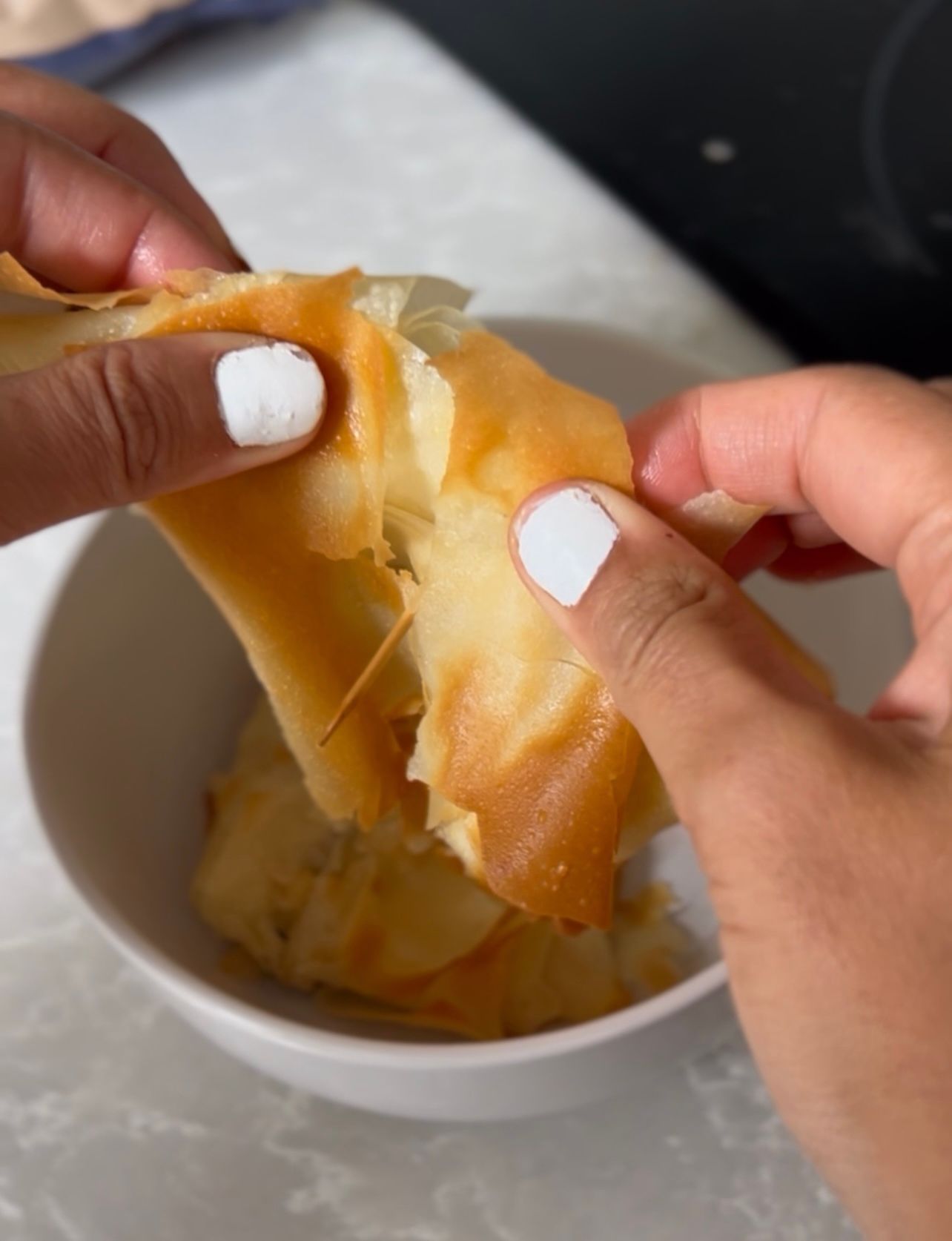
Pastries typically are high in saturated fat and refined carbohydrates. Check out this quick 15-minute recipe to make a pastry that's higher in protein and contains some Vitamin D too! Ingredients: 1 Jus-roll filo pastry Sliced or diced mushrooms of choice Sliced Eatlean protein cheese Olive spread or butter for brushing Method: Roll out the pastry and pile 4 on top of one another. Using a sharp knife, cut them into three lengthways so the width is about one inch. Top each line with a brush of olive spread, protein cheese followed by mushrooms. Take the top of one line of pastry and fold it into a triangle. Keep folding and repeating until the entire line is wrapped. Brush the butter over to seal the pastry and add to an air fryer for 15 minutes. Serve with some mint greek yogurt or without any dip at all!
